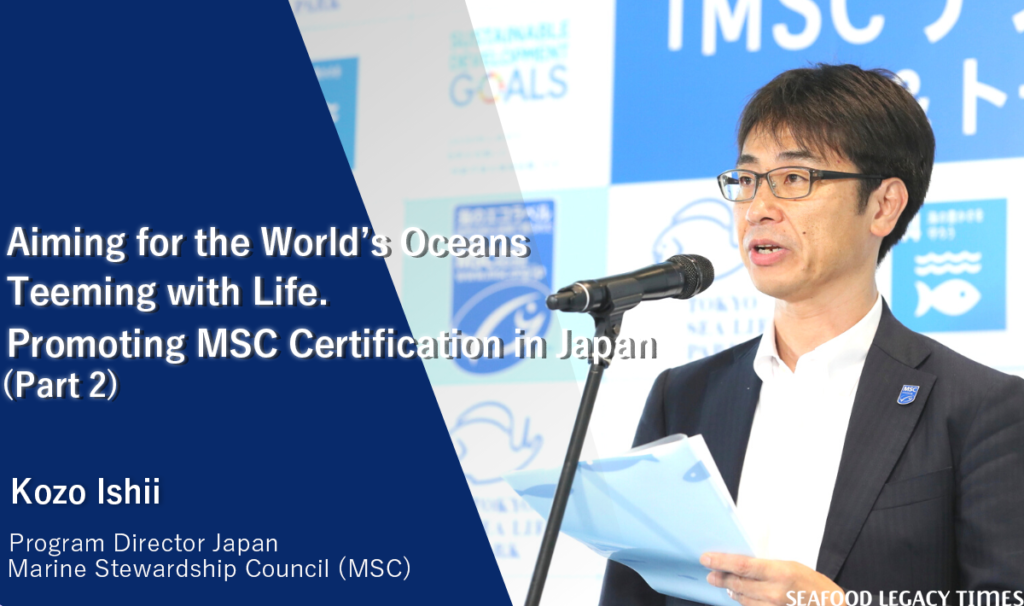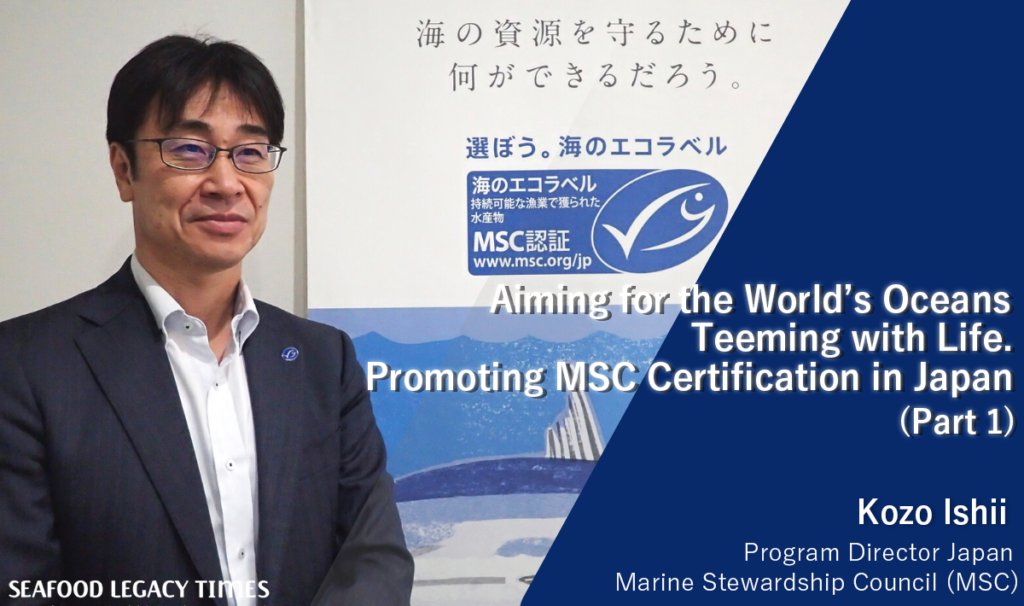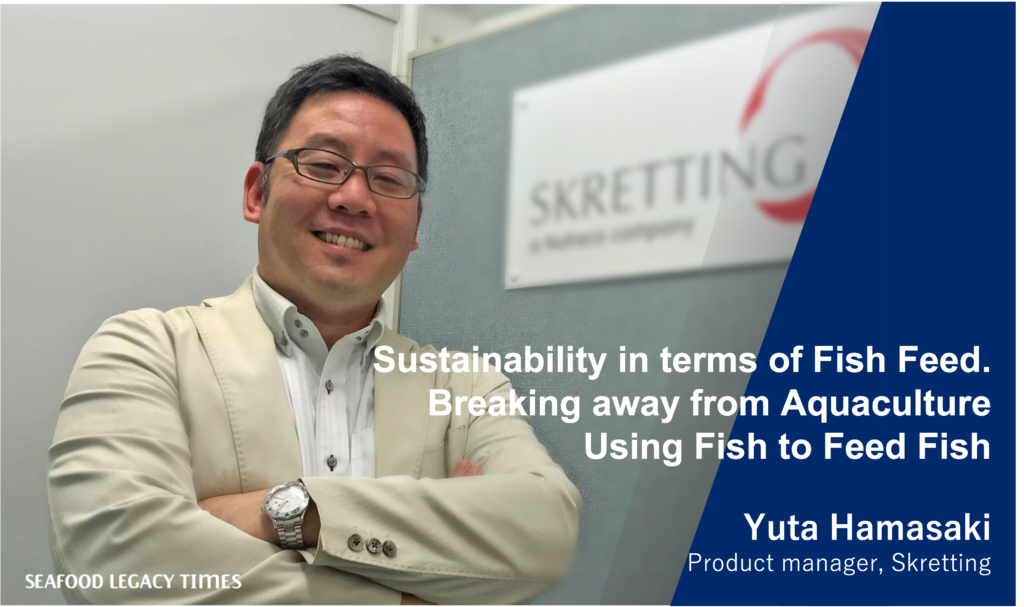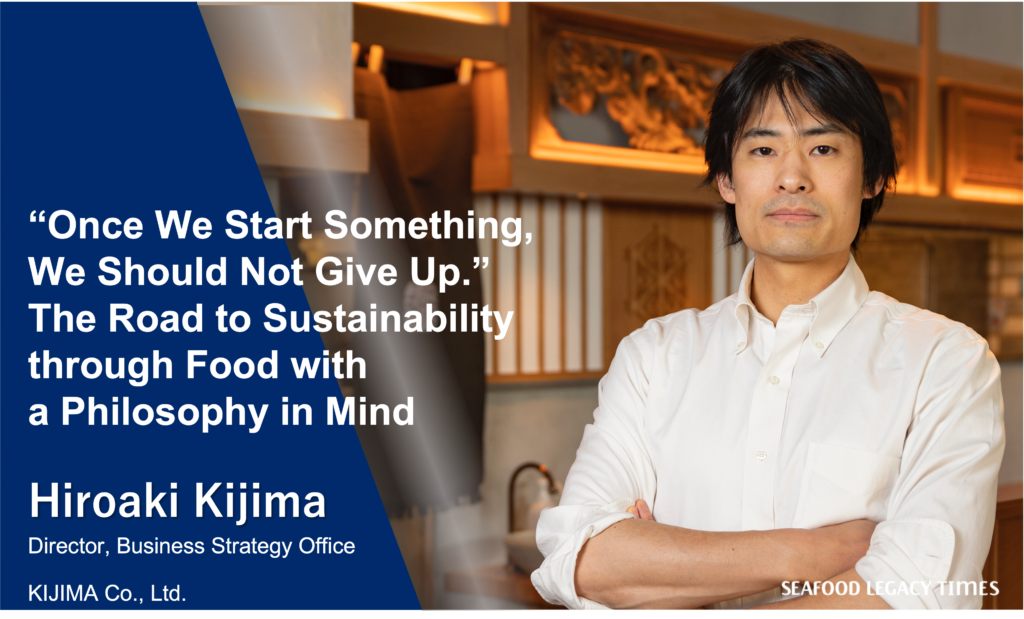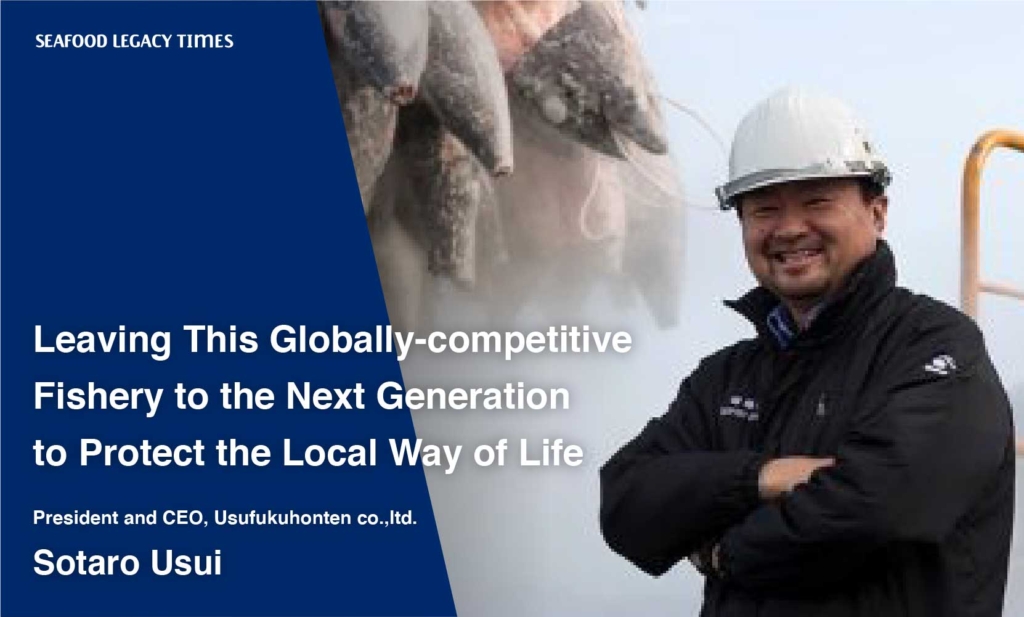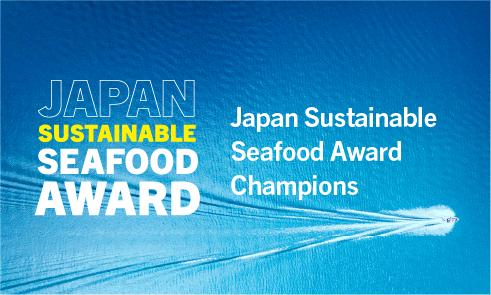

Sincère BLUE is a restaurant in Harajuku, Tokyo, that specializes in sustainable seafood. During lunch time, it serves bouillabaisse ramen and set menus that cater to businesspeople. At night, customers can enjoy a meal in a buffet style. This casual French restaurant offers dishes featuring generous amounts of seafood at highly affordable prices.
Shinsuke Ishii, who founded this restaurant, is a highly regarded French chef who runs the one Michelin-starred French restaurant Sincère located just a three-minute walk from Sincère BLUE. He is also a member of “Chefs for the Blue,” an organization that holds educational activities for the general public where chefs and journalists can learn more about sustainable seafood. He remains committed to working towards achieving his goal of sustainable fishing from the role of a chef.
Why did Chef Ishii choose to start a restaurant that primarily serves sustainable seafood with such a different business concept and price range? What kind of world is he envisioning from the perspective of a chef so that Japan’s fisheries industry can be protected? We have asked him to share his thoughts on these subjects.
──Why did you decide to open a restaurant that primarily serves sustainable seafood?
I wanted to create a base from which information about sustainable seafood can be disseminated. Very few restaurants in Japan serve sustainable seafood. When restaurants procure their ingredients, they take into consideration their price, quality, ease of use, but the seafood sustainability is usually not among their selection criteria.
The main reason for this is the reality that there is no special preference for sustainable seafood among customers. Customers hardly ask, “Do you serve any MSC-certified fish?” Neither do they say, “I want to opt for sustainable seafood.” Consumers also know very little about sustainable seafood. Since there is no demand for it, restaurants do not consider the option of sustainable seafood when selecting ingredients.
A restaurant should not only be a place where people can enjoy a meal but should also be a place where they can learn about the background of the food served to them. That was why I decided to open Sincère BLUE.
By branding our restaurant as one that primarily serves sustainable seafood, customers will naturally have more questions like “Does ‘blue’ refer to the ocean?” or “What does sustainable seafood mean?” This allows us to communicate knowledge about the oceans and fish to them more easily.

Moreover, by branding ourselves as a casual restaurant, we can offer an even wider range of sustainable seafood. Options are limited as far as MSC/ASC-certified fish sourced from within Japan is concerned, and we would inevitably have to use frozen fish imported from overseas if we were to offer a wider variety of fish.
On the other hand, high-end restaurants like Sincère would not have the option to use frozen fish imported from overseas, as they only use very fresh ingredients sourced from within Japan. For this reason, I decided to make this a casual restaurant that primarily serves sustainable seafood, which is very different from Sincère in both its price range and business model.
However, even if a small restaurant like mine serves sustainable seafood, it would not have a big impact on society. I hope that this restaurant can fuel a greater movement by indirectly influencing other restaurants to rethink their approach.
For instance, we invite chefs who are fellow members of Chefs for the Blue to use our restaurant and hold events here. By inviting other Food and Beverage industry people to our restaurant, we are able to raise awareness that frozen fish can also be delicious and easy to use, and that certified fish is not necessarily expensive. I hope that this would allow more restaurants to consider sustainable seafood as a viable option.

──You have been a member of Chefs for the Blue ever since it was founded in 2017. Since when have you had an awareness of the crisis for oceans and fish?
When I was in high school, I started to realize that fish populations in the oceans were declining. I loved fishing when I was a child, and I used to visit Tateyama in Chiba Prefecture with my father every year to catch live sardines as bait for flounders. We used a method called sabiki fishing, where we would lower a rig with many hooks into the water, and before we knew it, the sardines would be baited. I still have vivid memories of how enjoyable it was.
One day, however, we suddenly stopped catching sardines on the vessel we were always on. Instead, we would buy live sardines at the dock. When I asked my father the reason behind this, he explained that it was because we could no longer catch sardines. That was when I realized for the first time that fish populations have been declining.
The feeling got stronger as I became older. For instance, when I first started out as a chef, fishmongers would sometimes share with me fish that they had an oversupply of, but it ceased as the years went by, and there were even more days when I was told that there were no fish because the sea has been rough. Around 10 years ago when I was serving unagi (eel) dishes at a Shibuya restaurant, the price of unagi suddenly doubled. Its price has not gone down since and remains the same today.

Yet, even while I understood that fish was becoming increasingly hard to catch, I did not immediately take any concrete action. I had thought that chefs only had to concern themselves with cooking, and that the issues surrounding the oceans were none of our business. We could simply visit the market if we needed to buy fish, as long as we had the money to make the purchase.
At around the same time I realized that fish populations have been declining, I was also awakened to Japan’s fertile oceans and wonderful culinary heritage when I visited France for my culinary training.
France is a country with a rich culinary tradition whose cuisine can be considered one of the top three cuisines in the world. However, restaurants in parts of France that are further away from the coast do not serve much seafood. At the time, even restaurants with three Michelin stars would purchase fish in bulk once a week from coastal areas and divide the wholesale frozen ingredients into smaller portions for later use.
Seafood is not something that people in France consume a lot of in the first place. There are even some young people in France who have never eaten seafood before. That is the reality in the “land of gastronomy” that I had always admired.
On the other hand, Japan is blessed with an abundance of fish. There is almost no Japanese person who has not eaten seafood before, and raw fish that is impossible to purchase even at three-star restaurants in France can be found everywhere in Japan. I was struck by how fortunate Japan is when I realized this.
I was preoccupied with improving my culinary skills at the time, but the experiences I had then brought me on a path that has led me to what I am doing now. Japan has such fertile oceans and a wonderful culinary heritage, yet we have not been managing them well for future generations. I hope that chefs can have greater awareness of these problems and do something to contribute to our efforts.
──What prompted you to take concrete action?
I was approached by the food writer Hiroko Sasaki, and we started a study group comprising around 30 chefs who would get together late at night after Sincère’s business hours and listen to speakers we have invited. That was the beginning of Chefs for the Blue.

That was the time when I started to doubt if it was really enough for chefs like us to just be concerned with preparing delicious food, to the point that I almost felt a sense of guilt. I had thought that the job of chefs was to create delicious food, but when I imagined that our procurement of delicious ingredients had possibly come at the expense of others, it was indeed a very unhappy thought.
It is true that humans kill other living things for food, but is it really all right for us to kill those threatened with extinction without a second thought? It is also the same with people. Is it all right for others to be plagued with poverty as a result of the delicious food we are enjoying? I believe that it would be immoral of us to have a negative impact on the lives of other people and living things just for the sake of our own way of life.
Sasaki approached me right when I was feeling these problems, and I readily agreed to work with her. To be honest, what we heard from the experts at our study group was really shocking. In my case, I was especially shocked to discover how “mackerel bunka-boshi (a drying method by wrapping fish in cellophane)” is produced. Almost all of the mackerel bunka-boshi sold in Japan is apparently made using frozen mackerel imported from Norway. I was under the impression that it is made using freshly caught mackerel that is unloaded from vessels before the fish is salted and dried on the beach. However, that is not the case.
We can easily find packaged fish such as mackerel bunka-boshi and salt-grilled at a mackerel at convenience stores, so it is difficult to provoke a sense of urgency in people regarding the decline of fish populations. It is the same situation with eel sand tuna. Although we always hear about declining catches on the news, we can still easily buy them in real life, so most people do not think much of it.
Japanese supply chains are too good at what they do, and they have continued to successfully deliver fish to consumers. However, before we know it, these products will be replaced by imported items from overseas. I think that is a terrifying thing. This is something that even chefs like us are hardly aware of, much less the general public.
What chefs can do to raise awareness of this situation is to speak through their food. Chefs for the Blue held an event where we served sustainable seafood dishes in a food truck. In addition to serving food to the public, we also prepared and distributed materials that explain what sustainable seafood is.

I also decided to serve dishes prepared using Atlantic bluefin tuna caught using sustainable fishing methods at my restaurant. I added the word “Atlantic” as I had hoped to create a spark for communication.
Most people may not know this, but the Atlantic bluefin tuna almost became extinct around 10 years ago. Thanks to the appropriate management strategy that was adopted, the species recovered successfully, and its population is now stable. The Pacific bluefin tuna, which is now threatened with extinction, can only have a sustainable future if decisive measures are taken. In order to communicate this to others, I used the word “Atlantic” with the hope that it can spark conversations.
However, it is difficult to talk to someone unless they are interested in the topic. In the case of my restaurant, it would be awkward to suddenly start talking to customers about the sustainability of fish if they have come to enjoy French food.
Around the time when I was confronted with this problem, I received information about a vacant property that was located in the vicinity of Sincère. Not many restaurants offer high-quality food in a place like Harajuku. I decided to open Sincère BLUE as I believe that having a restaurant in a place like this where anyone can casually drop by at any time would make it easier for more people to learn about sustainable seafood.

──Now that you have opened Sincère BLUE, what are your thoughts on it, and what are the restaurant’s future directions?
To be honest, it is quite a challenge to run a restaurant that has acquired CoC certification.* Introducing such a standard abruptly is too demanding for most restaurants. This is why I hope that we do not keep this restaurant to ourselves but utilize it for other purposes as well, including making it available to other chefs and using it as a base for disseminating information.
Personally, I hope to share more information that can transform the way in which Japanese people think about food. I’m concerned that Japan is behind to the other countries in stock management. On the other hand, I also hope more people can appreciate the wonder of Japanese cuisine, including the natural environment from which our ingredients are sourced.
Japanese cuisine is a cuisine that we should take pride in. Even though Japanese cuisine is so wonderful, we are not cherishing it in the way we ought to. We should take pride in our fishery resources as well, but we are not doing that at all. Recognizing and sharing the true value of Japanese cuisine with others would be a good start when it comes to taking pride in it.
Restaurants in Japan often tout their low prices as their selling point. Consumers have become too accustomed to that expectation, and the entire F&B industry is selling products for far less than what they are worth. This has resulted in a business model that generates almost no profit, which has led to restaurants suddenly struggling to survive when COVID-19 struck and consumption declined.
Actually, I believe we need to encourage people to not just select restaurants based on their low prices, but also consider ethical aspects such as the restaurant’s initiatives and ideas. There needs to be a change so that restaurants can tell people the ingredients they use and the ideas behind their food to win the support of customers, rather than simply trying to attract customers by saying that their food is cheap.
I understand that not everyone can afford this luxury, and some people need to choose food based on its price. However, I believe that the world also needs people to choose restaurants that solid ideas even if their dishes are more expensive. This would mean that restaurants must constantly improve. Restaurants that fail to evolve with the times will not survive.
Chefs like us serve as an intermediary between producers and consumers, and I think we have an important role to play in connecting the two groups as we can have a significant impact. Chefs should have a greater sense of responsibility and do their best to make the most of the Japanese cuisine that we take pride in. If the status quo persists, I fear that we will eventually lose something that is very precious. It would be a shame if Japan, a country with one of the most fertile oceans, is the country that is most inept at managing its resources.
I am someone who loves Japan. Japanese people have some weaknesses. They are generally not as persuasive as French people and tend to go with the flow. But despite these weaknesses, Japanese people are kind-hearted and have many good qualities too. I hope we can make the most of these qualities and try to change things for the better.
Shinsuke Ishii
After graduating from culinary school, Ishii worked at Hotel de Mikuni and La Blanche before moving to France, where he worked at authentic French restaurants that have been awarded two and three Michelin stars. He returned to Japan in 2004.
He worked at Fish Bank Tokyo as sous-chef for two years, and as the chef of Restaurant Bacar for seven years from 2008. He then opened his own restaurant Sincère in April 2016, where he offers seasonal menus featuring classic but inventive French cuisine based on his insights into the essence of French cooking that he has cultivated through his tenure at famous restaurants in Japan and abroad. He also creates Japanese-French fusion dishes that showcase wonderful ingredients that are unique to Japan.










-1024x606.png)



_-1024x606.png)

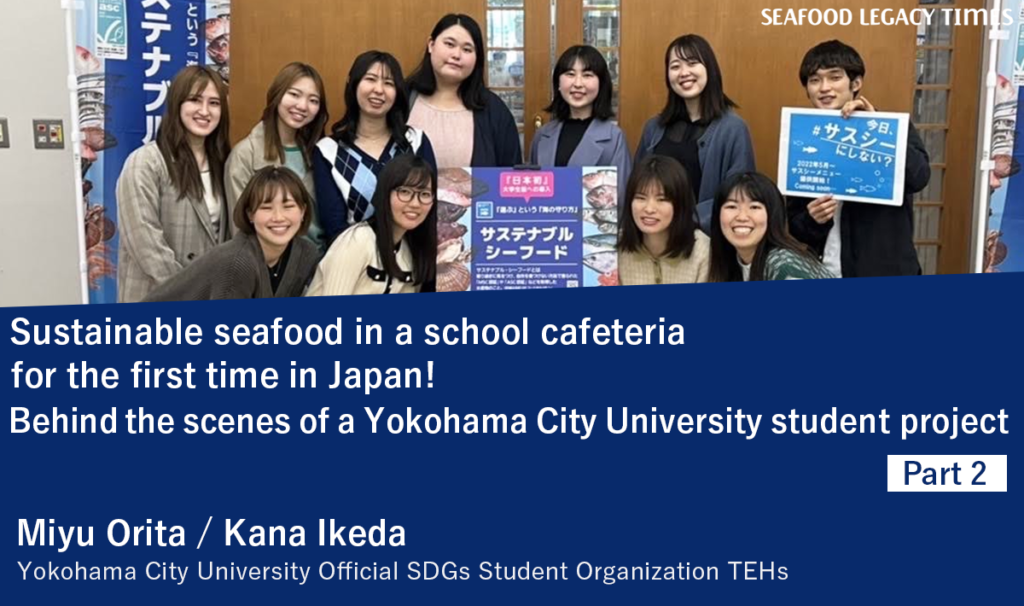

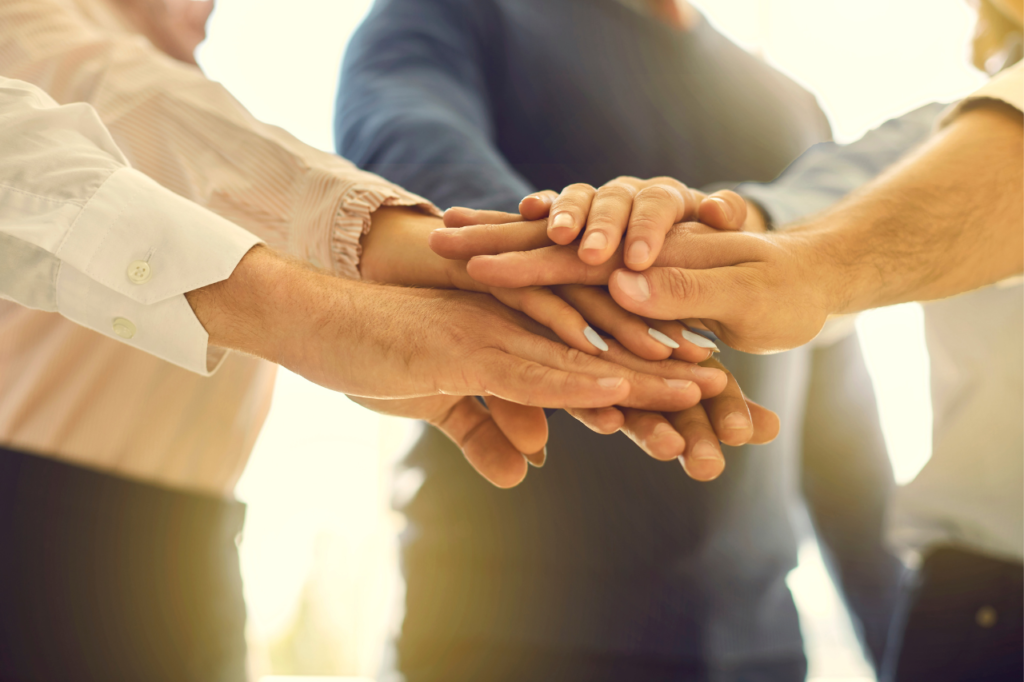











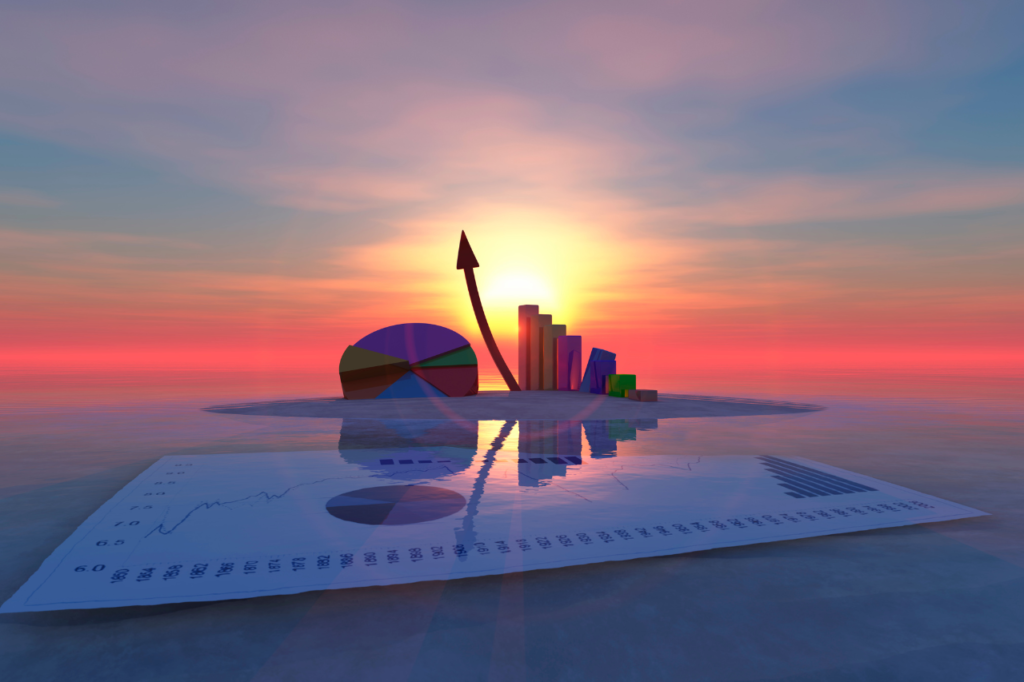


1_修正524-1024x606.png)















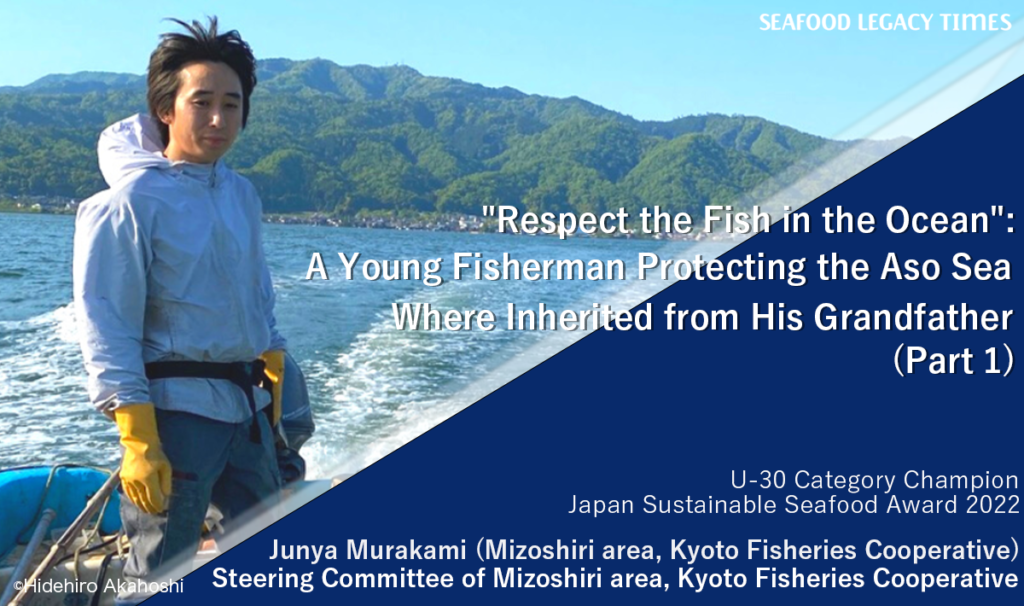
.2-1024x606.png)

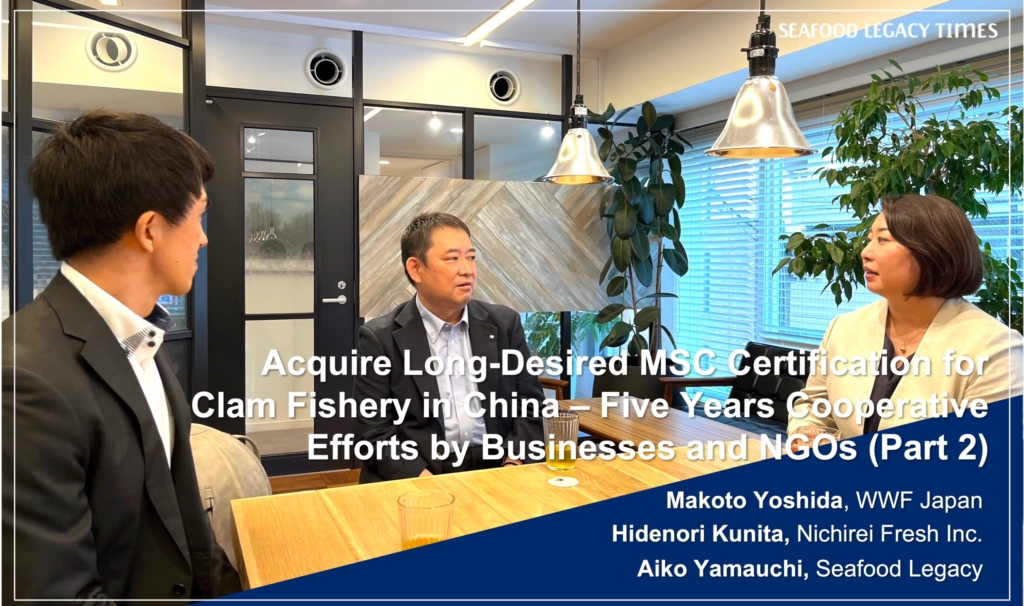











2-1024x606.png)
-1-1024x606.png)
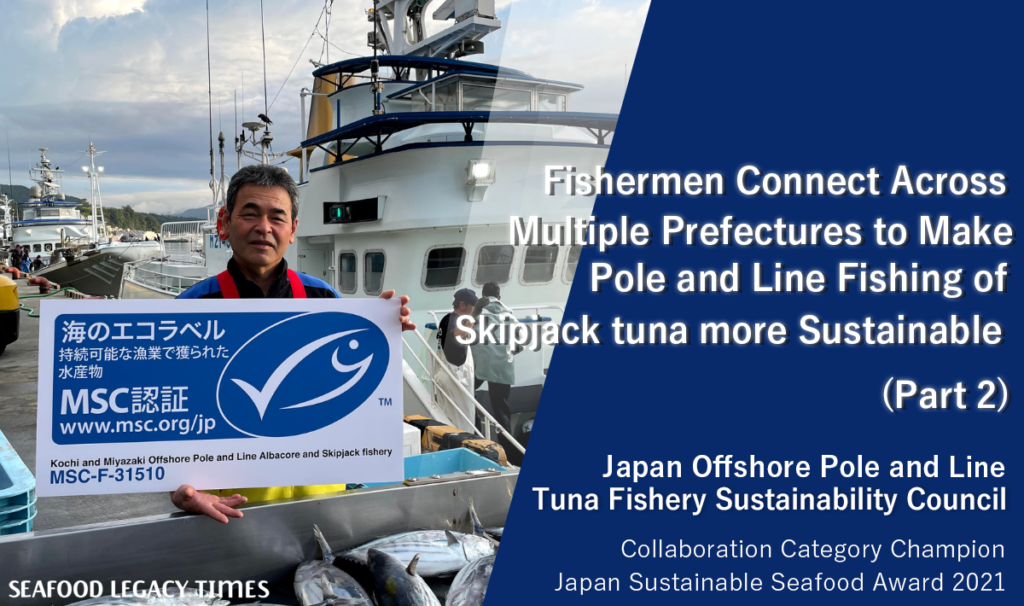
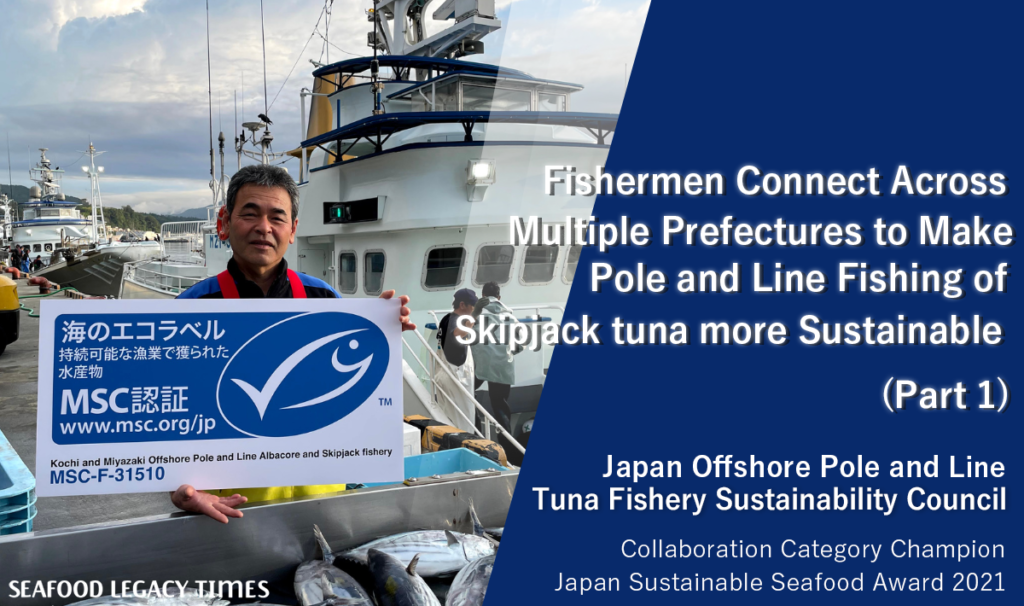


Part2-1024x606.png)
Part1-1024x606.png)
